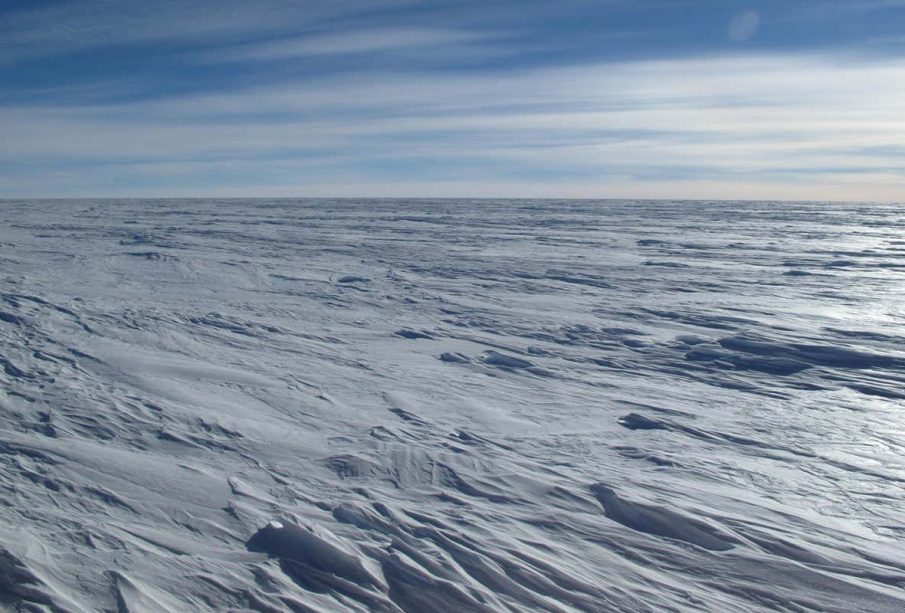Exploring the Coldest Places on Earth Right Now

Introduction
As winter approaches the Northern Hemisphere, the significance of understanding the coldest places on Earth becomes paramount. Scientists and meteorologists are constantly monitoring these regions not only for climatic studies but also for their implications on global weather patterns. Traditionally known for record-breaking low temperatures, these places add an essential perspective to our understanding of climate change and its effects.
Current Coldest Locations
As of late October 2023, the coldest places on Earth continue to be located in the polar regions, with Antarctica leading the pack. The Vostok Station in East Antarctica recorded a temperature of approximately -68 degrees Celsius (-90.4 degrees Fahrenheit) this week, maintaining its status as one of the coldest inhabited locations on the planet. This station is crucial for scientific research, particularly in areas related to climate change and glaciology.
Another significant location is the Dome Fuji research station, also in Antarctica, where temperatures have plummeted to -66 degrees Celsius (-85 degrees Fahrenheit). These frigid atmospheres are not just curious phenomena; they hold vital clues about the Earth’s climate history.
Globally, the Siberian region of Yakutia in Russia is known for its extreme cold. Recently, temperatures dipped to -50 degrees Celsius (-58 degrees Fahrenheit) in Oymyakon, often cited as one of the coldest permanently inhabited locations. The locals have adapted remarkably to these conditions, utilizing unique methods to keep warm and preserve their way of life.
Why These Temperatures Matter
The extreme cold experienced in these areas is not just of theoretical interest; it has real-world implications. The freezing temperatures contribute to the stability of ice sheets, which play a vital role in sea-level rise. Understanding these locations helps researchers predict the effects of global warming and melting ice caps. Furthermore, the coldest places on Earth often serve as benchmarks against which other climatic data is measured.
Conclusion
Monitoring the coldest places on Earth is crucial for understanding not only local weather patterns but also the broader implications for global climate change. As temperatures in regions like Antarctica and Siberia continue to draw attention from meteorologists and scientists alike, their data will remain critical in comprehending the ongoing changes to our planet. For readers interested in the impacts of climate dynamics, keeping an eye on these frigid frontiers is essential for grasping the realities of our changing world.









